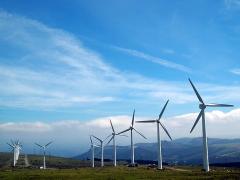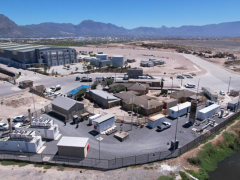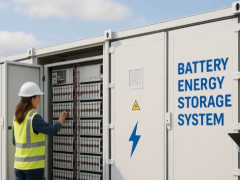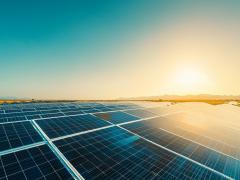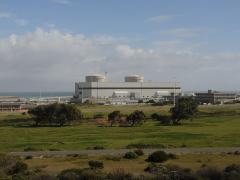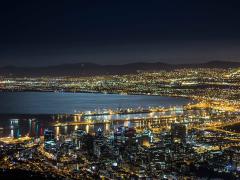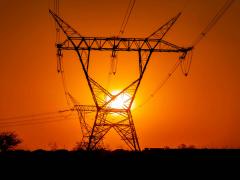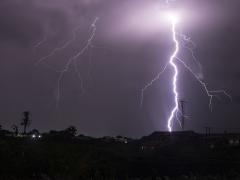South Africa’s draft Integrated Resource Plan for Electricity (IRP 2025) overrides its own least-cost modelling by artificially introducing nuclear and expanded gas capacity, according to Grové Steyn, MD of Meridian Economics.
Speaking during an EE Business Intelligence webinar, Steyn said the IRP fails to follow its model optimiser outputs and lacks the transparency required for credible policy-making.
The webinar focused on energy policy and planning through to 2050 with independent experts presenting modelling and analysis of the data contained in the IRP 2025. The plan is currently under review by the National Economic Development and Labour Council ahead of submission to Cabinet for policy adjustment, finalisation and publication in the Government Gazette.
Major energy decisions appear predetermined rather than derived from least-cost modelling, Steyn said. “Technologies such as gas and nuclear were effectively forced into the scenarios despite the model not selecting them as optimal solutions.”
According to Steyn, the IRP’s optimiser identifies wind, solar photovoltaics, gas and storage as the preferred mix. It concludes that mid-merit gas is unnecessary between 2021 and 2035 due to the already committed 6 GW of gas-to-power capacity by 2030. In the reference case, no new nuclear, coal or pumped storage is included. “This aligns with other independent modelling studies of South Africa’s power system,” he said.
A “gas-at-risk” scenario, in which the 6 GW gas plant is removed, allows the optimiser to respond freely. Under this case, the model adds 3,5 GW of combined-cycle gas turbines between 2031 and 2035 with capacity ramping up thereafter.
Despite the optimiser’s exclusion of nuclear across all reference cases, the IRP introduces a nuclear scenario. Steyn said this is only achieved by removing other dispatchable options like gas and liquid fuels post-2030. “This effectively forces nuclear into the mix without economic justification.” He also criticised the exclusion of liquid fuels from peaking plants, which he said are a valuable complement to gas.
The nuclear scenario assumes the use of small modular reactors, which are not yet commercially viable. Steyn said the proposed “Balanced Plan”, which combines nuclear with a continued gas build, contradicts the IRP’s own modelling, inflates costs and displaces lower-cost renewables.
Steyn also said the plan does not test compliance with national policies such as net-zero emissions goals, air quality limits or minimum emissions standards nor does it explain how these will be achieved.
“It’s astonishing that the IRP omits basic data on technology capacity, energy mix, costs and emissions for modelled scenarios and the Balanced Plan. Technically, this means it doesn’t meet the legal definition of an IRP,” he said.
Without full modelling outputs, the Balanced Plan cannot be interrogated, Steyn said. “The IRP scenarios are not effectively defined to explore plausible futures. They fail to test key uncertainties such as demand variability, coal plant availability and gas pricing – despite the plan’s heavy reliance on gas.”
The IRP’s recommendations lack evidentiary support and create the illusion of sound techno-economic planning, he added. “With the sector undergoing structural reform, increasing competition and pressure to decarbonise, we need a fundamental redesign of the IRP process. Instead of fuelling contention, it can become a credible, inclusive roadmap that garners broad support and delivers real impact,” Steyn said.



